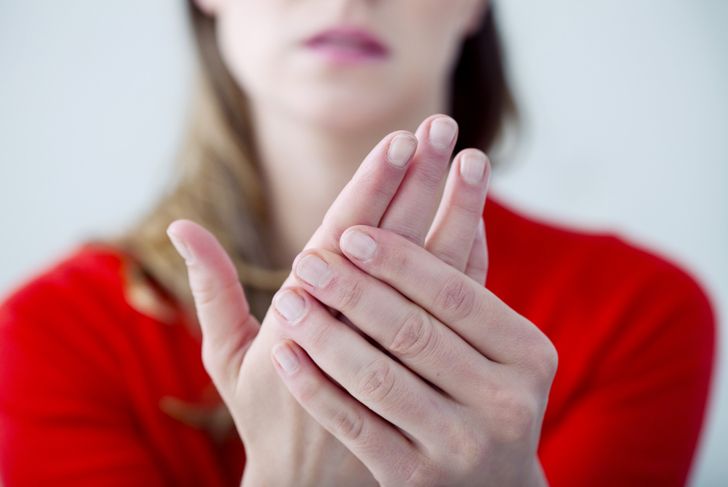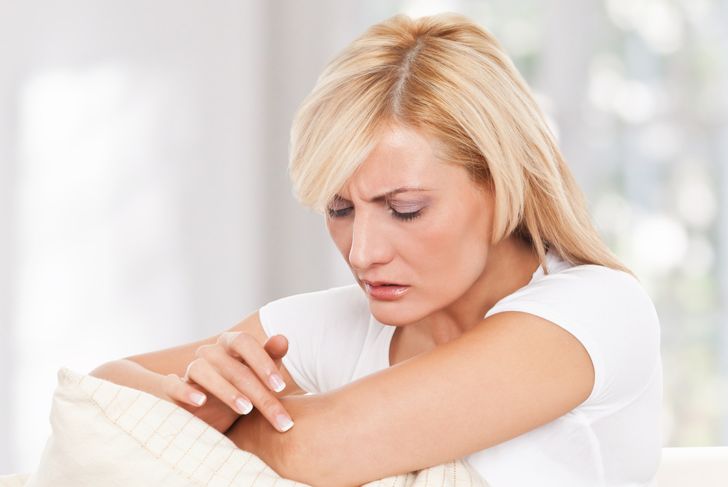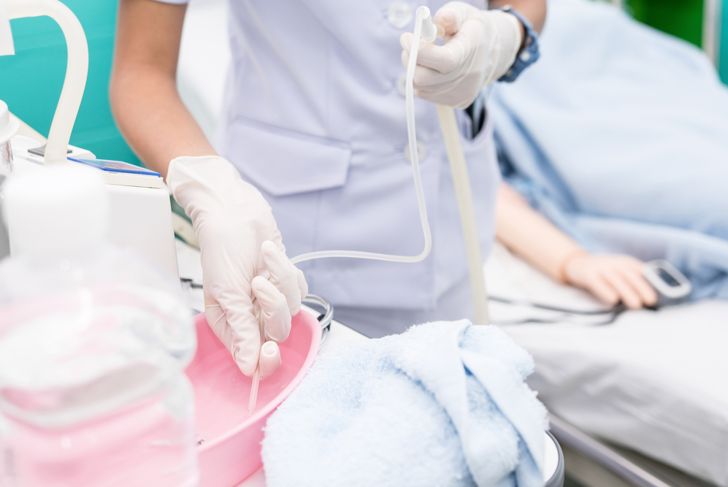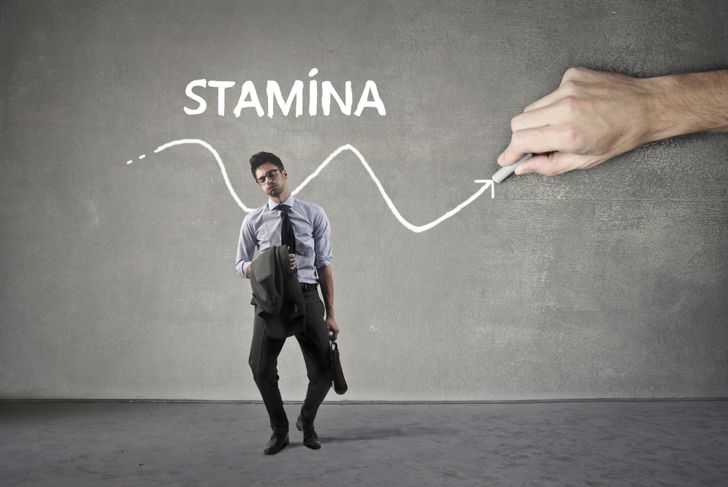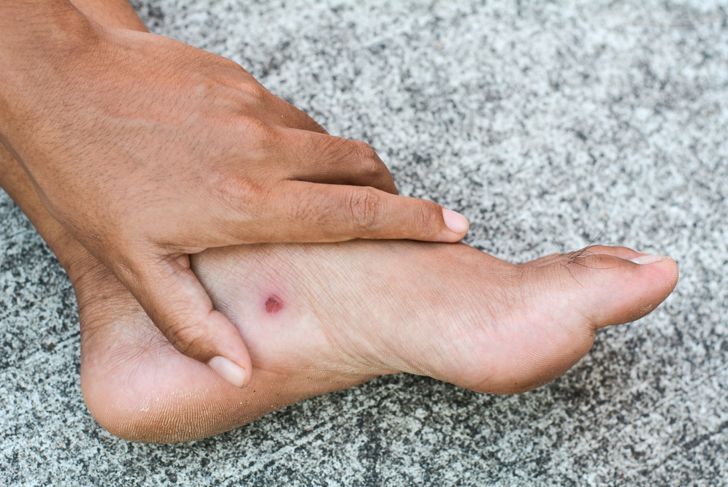When you look at the blood it may seem like one stable component, but it is actually made up of different cell types. Blood contains red blood cells, white blood cells, plasma, and platelets. The blood cells and platelets are suspended in plasma. When you rapidly spin blood, it separates into these base components. It is essential that you always have enough blood in your body and that it is circulating properly A healthy diet of high-iron and low-sugar foods can help you avoid blood conditions. In addition to this, regular exercise can help people with poor circulation.
Numbness
One of the first signs and symptoms which come up as a result of poor circulation is numbness. This numbness will take place in the parts of the body that do not get adequate blood supply. And in most cases too, the numbness leads to the extremities, that is the limbs (feet and hands). Numbness is the feeling of not having any feeling on part of your body as if you have got a shot of anesthesia. Most of us usually feel this way physiologically when we sit down for a long time without shifting. This proves to be a loss of sensation in the extremities.
Cold hands and Fingers
As much as good circulation, it provides nutrients for the body together with energy. It also provides heat. Poor circulation will result in the extremities. It is heavily affected as they start to feel clammy and cold even in normal temperatures. The coldness will be effective even in cases when the weather outside is summer. The patient feels the need to wear socks and gloves to cope with the chillness they feel. This is one of the classic signs which is used to diagnose for poor circulation.
Dry skin
A patient with poor circulation will also present with dry skin on inspection. A patient with poor circulation notices a disturbed metabolites level. It also creates a dis-balance in the water content of its body. It results in the patient having dry skin. One of the main functions of blood is to provide nutrition to the skin. It should be well maintained at all times. So, if inadequate blood goes to the skin, the patient’s skin will show. This manifestation can be clearly seen in places such as the forearm and some cases the whole arm.
Vertigo and Dizziness
One of the most common signs of poor circulation is dizziness or simple headaches. As mentioned above, blood supply helps to give organs energy and oxygen. One of the most vital organs of the body which needs these nutrients is the brain. Sometimes the brain gets overloaded, and there is less energy and oxygen for it to function. Then it leads to what we call, headaches. The patient can easily feel dizzy, and at any slight touch, they can easily fall. This is a classic sign of poor circulation and is one of the main signs to manifest quickly. The brain needs oxygen constantly so any short supply will clearly show.
Hair loss and Dandruff
Now, believe it or not, our hair also needs nutrients to grow and be well kept. These nutrients come from inside our bodies. And even if we will try to make them endogenously it will not be as effective. So, the body usually supplies nutrients to the hair through the blood. Any shortage of nutrients results in a low standard and in most cases, dandruff appears. The hair reduces from the head, (alopecia). As it takes time until the head starts losing some of its hair, this is a sign that leads to a diagnosis of poor circulation.
Cyanosis
This is the first sign that comes when a patient has poor circulation to any part of their body. Together with the coldness of extremities and numbness, cyanosis is one of the first signs that show poor circulation. The body usually turns a pinkish color on the skin as a result of the blood flowing close to the surface. So, any shortage of this blood will lead to the skin turning blue. In dark people of color, it might be hard to notice the blue part of the skin. But it would be recognizable if you press part of the patient’s skin and see the visible color changes there.
Lack of stamina
Good circulation of blood leads to the supply of necessary nutrients and oxygen to all the parts. So, it is a no-brainer that if the body can’t get enough oxygen or energy, the patient will feel weak and lethargic. As the body’s supply of energy decreases, the patient also starts to feel a loss of energy. He or she can’t-do demanding tasks or undertake them for a long time.
Muscle Cramps and Pain
We all know of how when we run fast races without proper training our body reminds us by giving us pain for at least a day. This is because, at the time of the run, we lack the energy for the task. So, the body takes matters into its own hands. It supplies the energy from its own reserve without circulation. So, poor circulation can force the body to make energy forming lactate. It is an acid compound that represents the burn after a fast race.
Ulcers
Ulcers are one of the main signs of poor blood circulation. This sign is usually seen in patients who have diabetes and have poor circulation too. Since the body can’t give proper nutrients and oxygen to all the parts, the poorly supplied tissues die. This process is called necrosis. If left untreated, it leads to an ulcer which in turn needs attentive care. In most cases, ulcers are seen on the extremities such as the foot and hands.
Slow Healing and Easy Infections
One of the ways that the body fights against foreign bodies in our system is through the blood. When the body detects a foreign pathogen, it sends immune agents to help fight off the invader. This is the only way it adapts to protect the body. These compounds can transport through the blood. Also, if there is poor circulation, it means the body is poorly defended. The body will also have a tough time tackling infections. It means that the patient will be easily susceptible to diseases. As with every disease or morbidity, signs and symptoms are not limited to any particular set. Some notable signs of poor circulation include edema, which is swelling of the legs or fingers. It results in water uptake, itchy skin, shortness of breath, and irregular heartbeats.

 Home
Home Health
Health Diet & Nutrition
Diet & Nutrition Living Well
Living Well More
More
